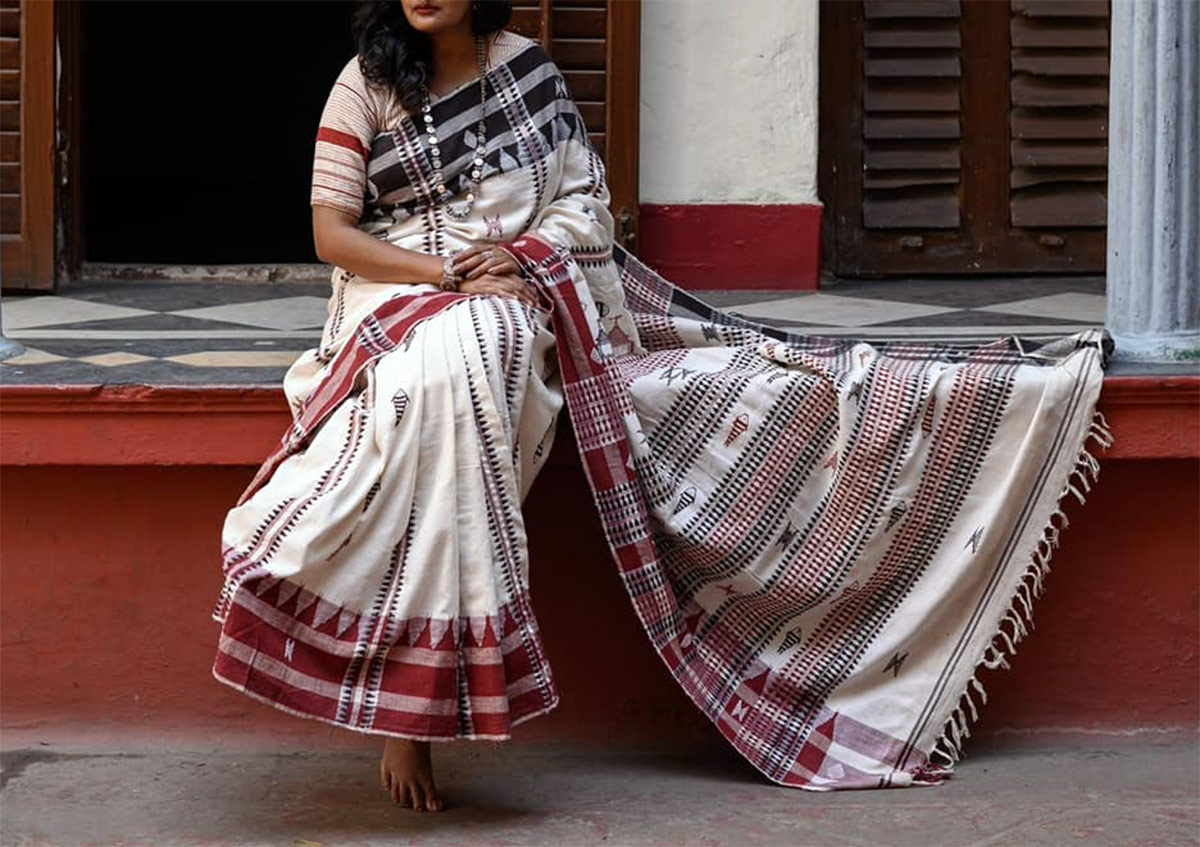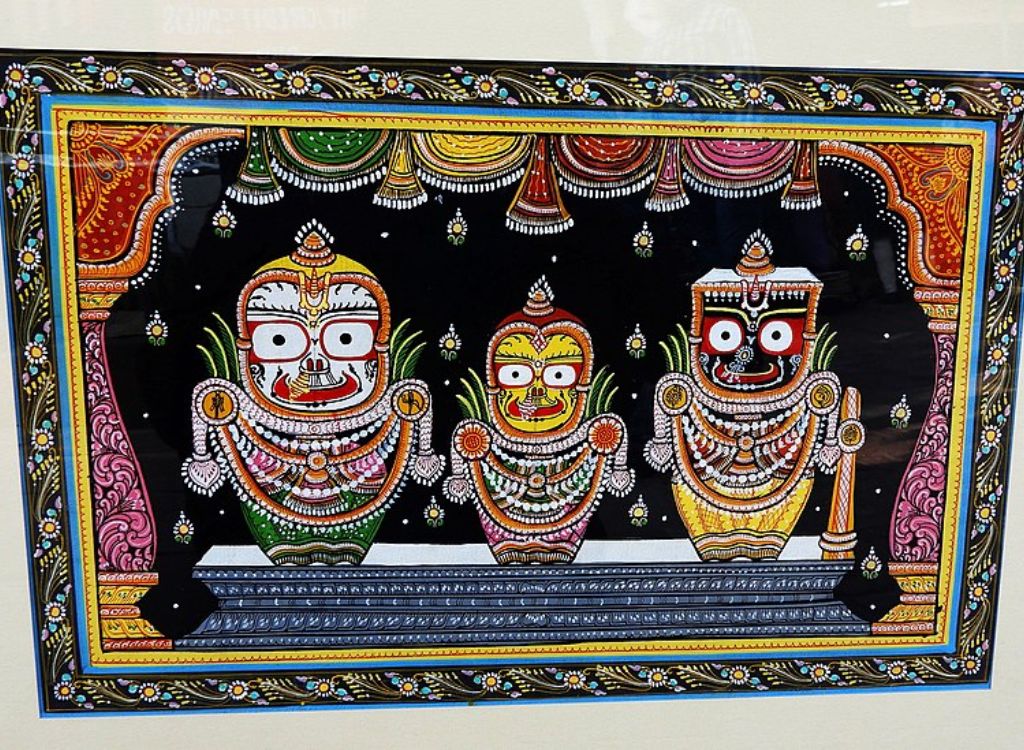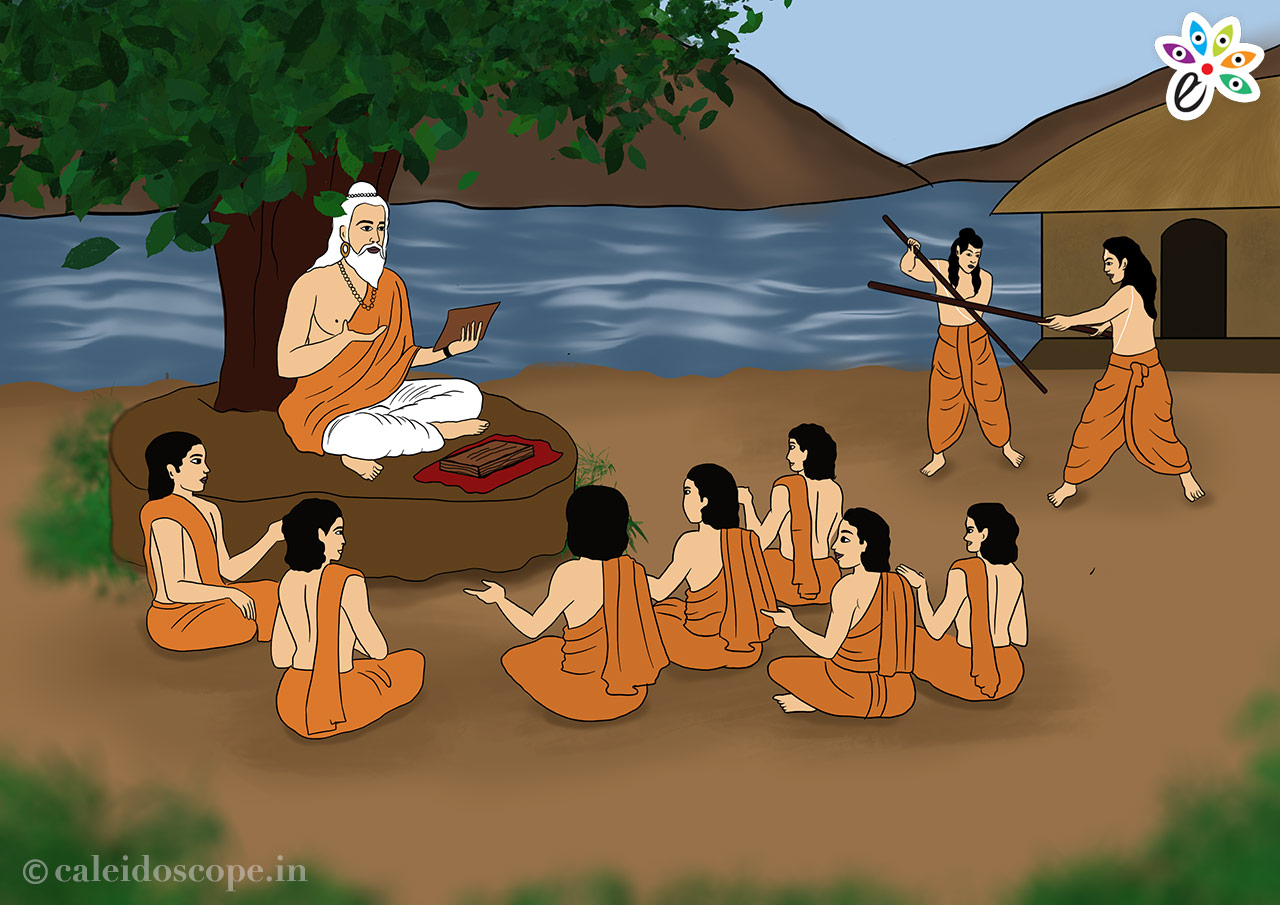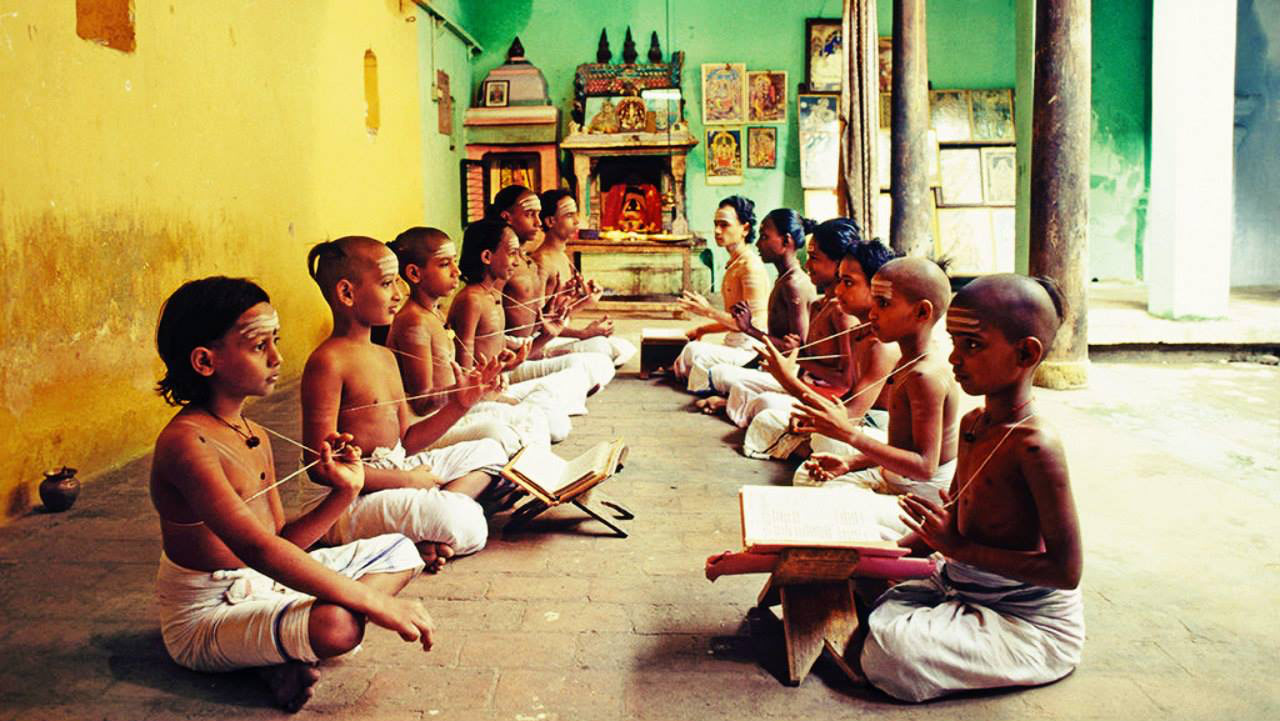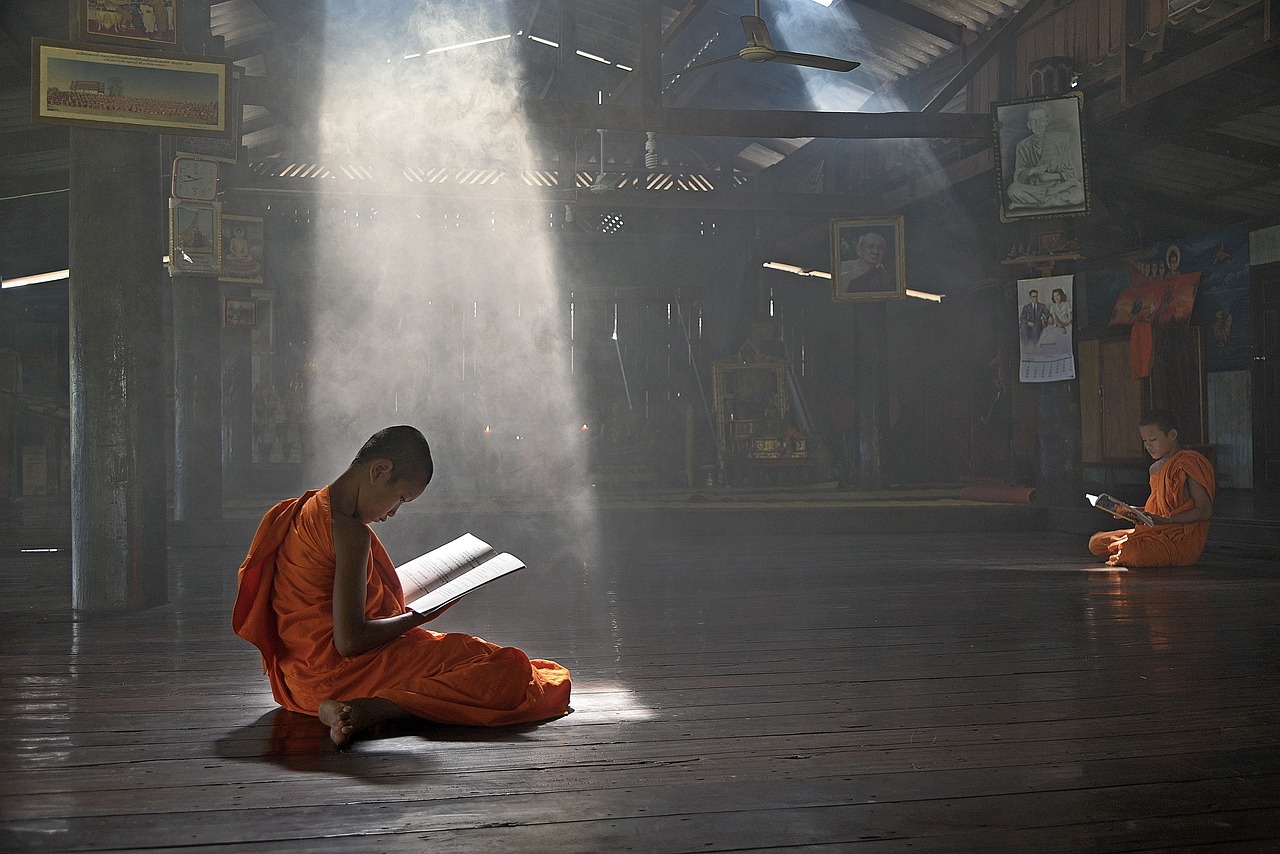
Instagram provides privacy settings that allow users to control who can view their posts and interact with their account. By making your Instagram account private, you can limit access to your content to only approved followers, ensuring a more secure and intimate social media experience. In this guide, we will walk you through the step-by-step process of making your Instagram account private, giving you the tools to protect your privacy and control your online presence. You can also buy Instagram likes to increase them.
Step 1: Launching the Instagram App:
- Open the Instagram app on your mobile device.
- If you are not automatically logged in, enter your login credentials (username and password) to access your Instagram account.
Step 2: Navigating to the Profile Settings:
- Once you are logged in, tap on the profile icon located in the bottom-right corner of the screen. This will take you to your Instagram profile.
Step 3: Opening the Settings Menu:
- On your profile page, tap on the three horizontal lines, often referred to as the “hamburger” icon, located in the top-right corner of the screen.
- A menu will slide out from the side. Scroll down and select the “Settings” option at the bottom of the list.
Step 4: Accessing the Privacy Settings:
- Within the Settings menu, scroll down and tap on the “Privacy” option.
- This will take you to the Privacy settings page, where you can manage various aspects of your Instagram account’s privacy.
Step 5: Setting Your Account to Private:
- On the Privacy settings page, locate the “Account Privacy” section.
- Tap on the “Private Account” option to enable it. When enabled, your Instagram account becomes private, and only approved followers can view your posts and interact with your account.
Step 6: Approving Follow Requests:
- After enabling the private account setting, you will receive follow requests from users who want to view your content.
- To approve or deny these requests, return to your profile page and tap on the “Followers” count located below your bio.
- You will see a list of pending follow requests. Tap on each request to approve or deny it.
Step 7: Adjusting Additional Privacy Settings (Optional):
- If desired, you can further enhance your privacy by adjusting additional settings on the Privacy settings page.
- Options such as “Story,” “Comments,” and “Messages” allow you to control who can view your stories, comment on your posts, and send you direct messages.
You can also increase your follower growth on Instagram by buy Instagram followers.
The significance of Instagram followers extends far beyond what meets the eye. When users stumble upon an account, one of the first factors they consider before deciding to hit that follow button is the number of followers already present.
Even if you possess expertise in your niche, without a substantial follower count to validate your authority, it becomes challenging to garner attention. Instagram thrives on numbers, and your follower count plays a vital role in establishing your presence on the platform.
Whether you are a new account aiming to gain momentum quickly or an established account seeking a boost, there are numerous compelling reasons to consider to buy Instagram followers. By opting to buy Instagram followers UAE or from other area, you can expect the delivery of organic followers within minutes of placing your order. This instant boost can propel your account’s growth and enhance your overall online presence.
Conclusion:
Protecting your privacy on social media is essential, and by making your Instagram account private, you can control who has access to your posts and interactions. By following the step-by-step guide outlined above, you can easily navigate through the settings and ensure that only approved followers can view your content. Remember, you have the flexibility to change your privacy settings at any time if you wish to make your account public again or adjust specific privacy




